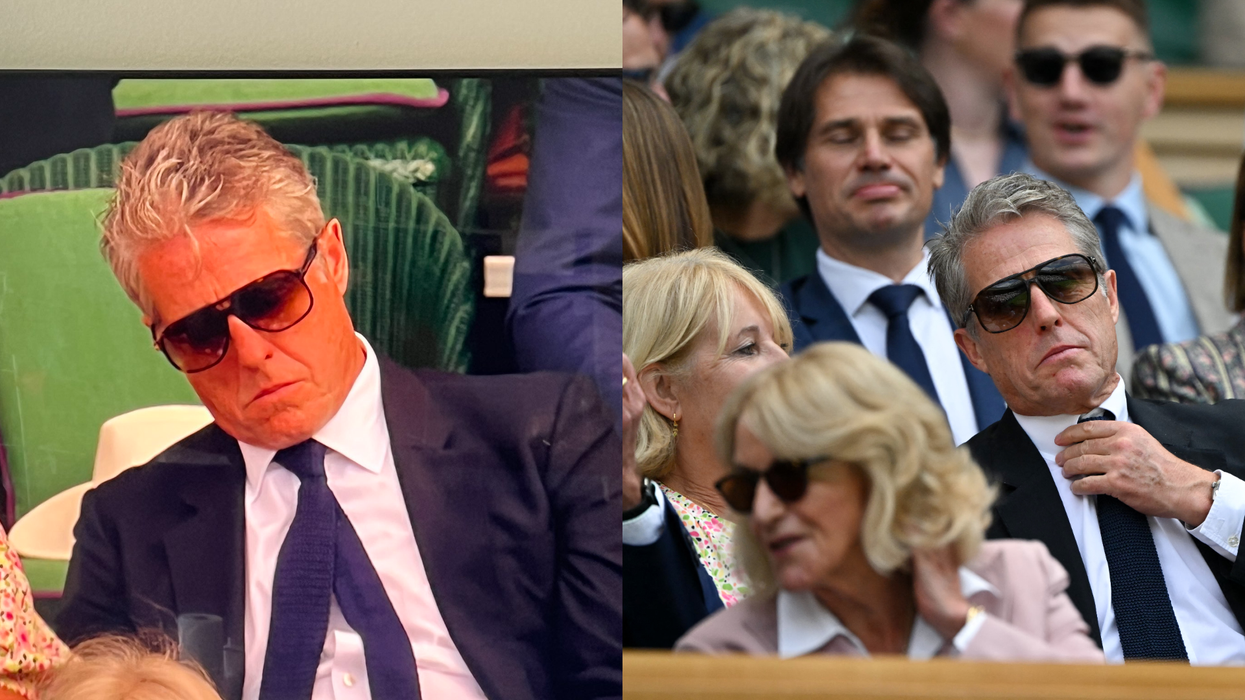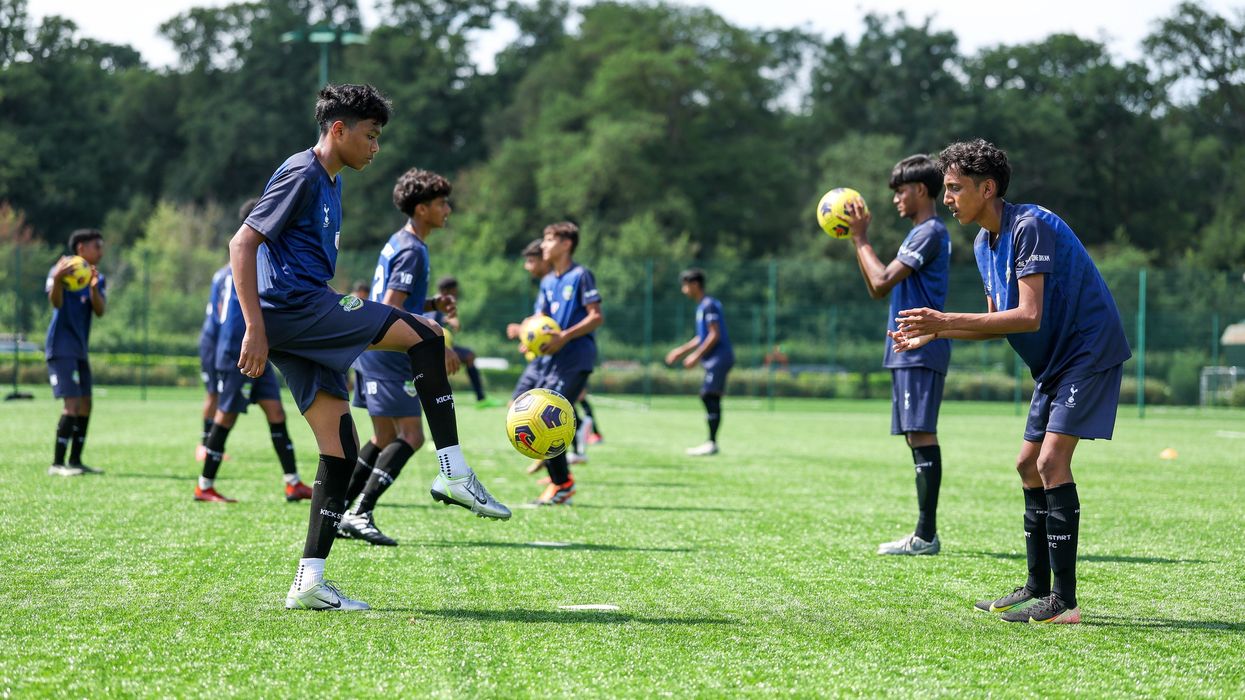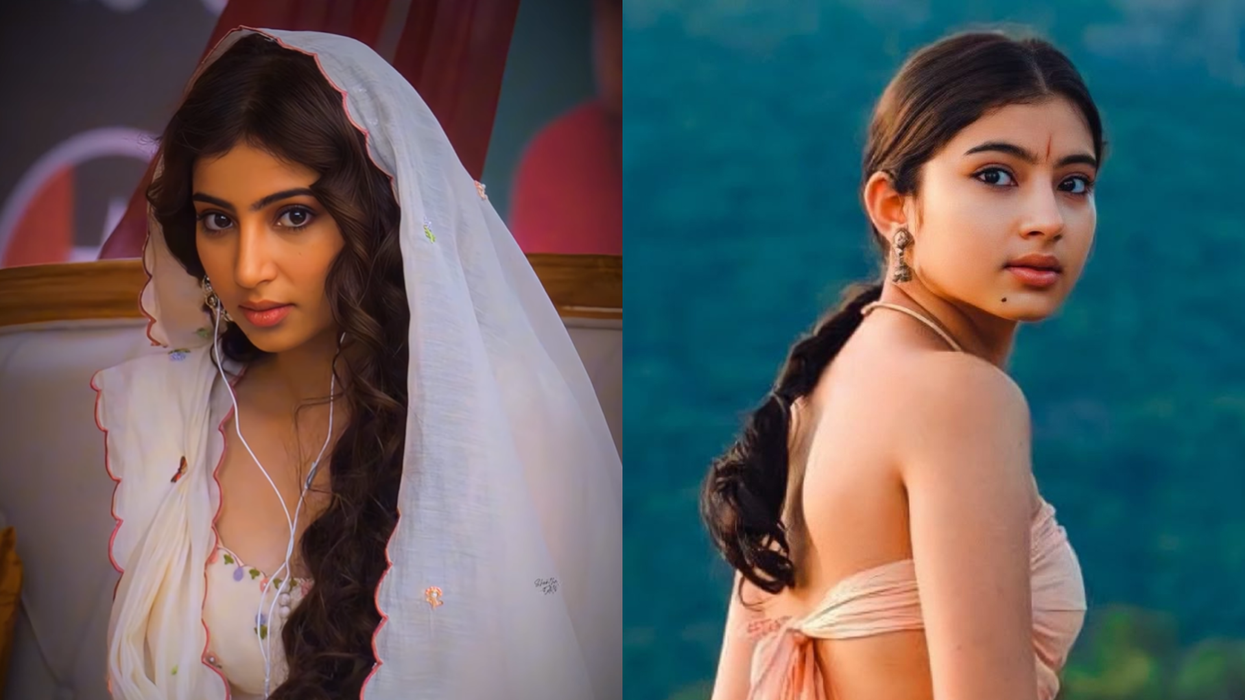A TOP contender to be president of the International Olympic Committee (IOC) said India’s bid to host the 2036 Olympic Games is a “strong case”, but cautioned that competition will be tough.
India has already submitted a ‘Letter of Intent’ to host the 2036 Olympics and Paralympic Games to the IOC’s Future Host Commission, taking the first concrete step in an ambitious plan after months of informal dialogue with the global sport’s apex body.
In an interview, Sebastian Coe said, “Well, you won’t be surprised – given my background – to say that I’m obviously very happy that India is committed to global sport and particularly the Olympic movement. I’m very happy to hear that.”
Coe, whose maternal grandfather is an Indian from Punjab, is considered the frontrunner among the seven candidates contesting for elections to succeed Thomas Bach as IOC president.
With Poland, Indonesia, South Africa, Qatar, Hungary, Turkey, Mexico and Egypt among other countries who have expressed a desire to host the 2036 Olympics, Coe said, “Look, it will be very competitive. It (India) won’t be the only bidder, but the case that it can make is a very strong case.” The 2036 Games host nation will not be known before 2026. But the host will be chosen during the term of the IOC president, when the result is declared on March 20.
Coe, 68, a double Olympic 1,500 metres gold medallist, advised India to not end its ambition to host the Olympics if the country did not succeed in winning the 2036 Games hosting rights.
“Plenty of cities have bid and lost and come back. Interestingly, when London won in 2005 (for the 2012 edition), it defeated Paris. We all have just been to the Paris Olympic Games (in 2024),” said the Briton, who currently leads World Athletics. “Rio was one of the cities that didn’t make it past the initial evaluation for the 2012 bid. And they had the Games immediately after Britain in 2016.
“So, it is by no means the end of the story. And even the legacy from bidding is an extremely strong legacy.”
More than 100 members of the IOC will vote on March 20 in the Greek resort of Costa Navarino, where the 144th IOC session will be held from March 18 to 21.
Besides Coe, the other six candidates are Prince Feisal Al Hussein of Jordan, David Lappartient of France, Johan Eliasch of Sweden, Juan Antonio Samaranch Jr of Spain, Kirsty Coventry of Zimbabwe and Morinari Watanabe of Japan.
Coe said south Asia has the potential to help grow the Olympic movement further by bringing more young people to sport. “I have witnessed in the last few years the growing importance of south Asia in athletics, and athletics is the centrepiece of Olympic movement.
“If 10 years ago, you and I said to each other that the men’s Olympic javelin title would be being fought between athletes from Pakistan and India, I think we both would have smiled at each other and moved on,” he said. Coe referred to Arshad Nadeem (Pakistan) and Neeraj Chopra (India) winning gold and silver, respectively, at the Paris Games.
“But it happened (in Paris Olympics), so there is a huge potential in Asia. What is really important here is we recognise that Asia and, particularly, south Asia has the real potential to help grow the movement and bring more young people into sport and into healthy lifestyles.”
Coe, however, stressed that a onesize-fits-all approach will not work in all the Asian countries.
He also revealed he had a discussion with India’s prime minister, Narendra Modi, and they both agreed about importance of sport for health .


















